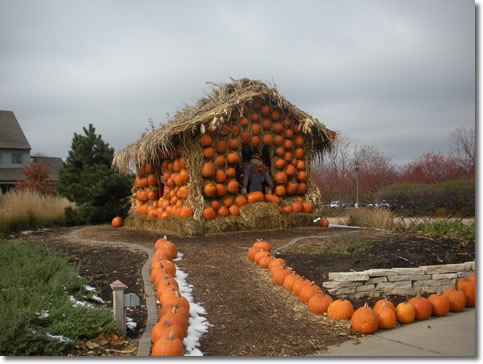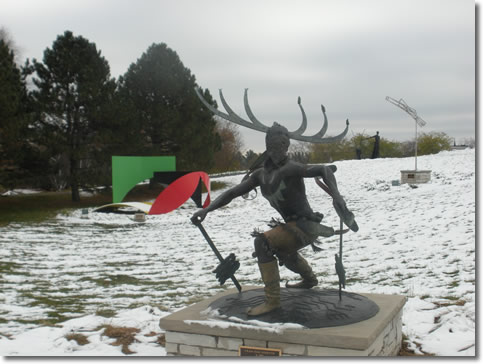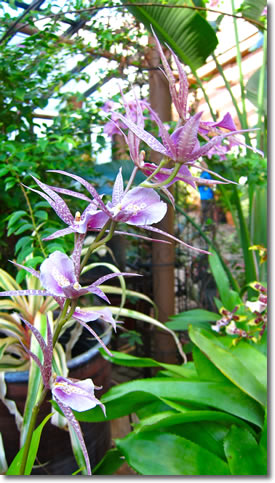Drinking Water Protection
- Drinking Water Protection Home
- About Us
- A-Z Index of Contaminants in Water
- Community Public Water Supply
- Drinking Water Grants and Loans
- Drinking Water Institute
- Drinking Water in Schools and Child Cares
- Drinking Water Revolving Fund
- Laws and Rules
- Noncommunity Public Water Supply
- Source Water Protection
- Water Operator and Certification Training
- Drinking Water Protection Contacts
Related Topics
- Annual Reports
- Drinking Water Risk Communication Toolkit
- Drinking Water Protection External Resources
- Fact Sheets
- Forms
- Invisible Heroes Videos: Minnesota's Drinking Water Providers
- Noncom Notes Newsletter
- Sample Collection Procedures (videos, pictures, written instructions)
- Waterline Newsletter
Related Sites
- 10 States Standards
- Clean Water Fund
- Health Risk Assessment – Guidance Values and Standards for Water
- Minnesota Well Index
- Water and Health
- Wells and Borings
Environmental Health Division
Minnesota Landscape Arboretum Combines Beauty and Brainpower
From the Summer 2016 Waterline
Quarterly Newsletter of the Minnesota Department of Health Public Water Supply Unit, Waterline
A complete list of feature stories can be found on the Waterline webpage.
 |
The Minnesota Landscape Arboretum is known for gardens, tree collections, sculptures, prairies, woods, and trails. Covering more than 1,200 acres in Chanhassen, Chaska, and Victoria, the arboretum is one of the top visitor attractions in the area. It continues its heritage as a research center and also plays a role in protecting and maintaining water resources through environmental stewardship.
History
The arboretum’s roots go back to 1908 with the establishment of the Horticultural Research Center to develop crops and plants that can tolerate and thrive in a northern climate. Plant breeders from the University of Minnesota developed hardy cultivars of many types of fruits, with apples being the largest project. Only the hardiest survive, and an extremely cold winter in 1917 to 1918 helped pick out the survivors.
Peter Moe, who has been with the arboretum for 37 years and is now its director of operations and research, said, “It just takes one night of 32 below in January or February; any plant that is not hardy to that temperature could have injury.” Flower buds on azaleas are the most vulnerable part of the plant, and one cold night could damage the buds. “It wouldn’t kill the plant, but it wouldn’t bloom, so you lose the main reason for growing that plant.”
Extreme cold can cause a trunk injury or xylem damage within the trunk that can shorten the life of a tree. Beyond the issue of temperature, Moe said plants need the ability to mature during season in this area, typically from May to October.
 |
The arboretum’s apple-breeding program has developed a number of renowned varieties. The Haralson apple in 1922 was the first to catch on with the orchard industry, according to Moe. “What we call the modern breeding program started with Honeycrisp, introduced in 1991 with the original cross done in mid-1960s.”
Honeycrisp trees thrive in a climate with cool nights and moderate daytime temperatures leading up to the harvest season. The development of the Honeycrisp apple was honored as one of the top 25 innovations of the decade by the Association of University Technology Managers, which recognizes significant academic research and technology transfer.
“Apples are really heterozygous [having alternative forms of the same gene],” said Moe. An F1 apple cross [a term used in breeding] has all sorts of genes that aren’t expressed in either one of the parents and might show up in the progeny. The seedling apples can be very different from either parent because you’re combining two different parents with different DNA getting a lot of variation showing up with apples.”
After 50 years of fruit research, the arboretum was established in 1958 as part of the University of Minnesota’s College of Food, Agricultural and Natural Resource Sciences.
 |
The Arboretum Today
With a recent acquisition of 78 acres of land in Victoria, the arboretum now has 1,225 acres, more than five times the size of the initial research center.
“The arboretum initially did some of the same breeding work with landscape plants,” Moe said, “such as the hardiest azaleas that could be found and then did some crosses and developed hybrids that could survive in extreme cold.”
The arboretum still has generic collections, but Moe said most visitors go through the display gardens and landscape plantings “where we take the best plants for Minnesota, which have been evaluated in our generic collections the best shade trees, best flowering shrubs and combine them with best perennials and annuals and other plants to make attractive landscapes.”
The University of Minnesota has also become recognized as one of the top wine-grape research programs in the country, developing cold-hardy and disease resistant wine-grape cultivars.
Water and the Environment
The arboretum researches methods to preserve water quality and restore wetlands. In wetland demonstration sites, researchers are investigating whether 1) short-lived perennials can be used to suppress reed canary grass that invades damaged wetlands, and 2) whether nutrients increase the likelihood of weedy plant invasion.
Rainwater gardens of hardy plants sited in low-lying areas trap and absorb runoff from roofs and streets. Runoff from parking lots is channeled into beds to support a variety of plants.
As for the facility's own water needs, municipal water from Chanhassen serves the northern part of the arboretum, including its visitors and learning center. A research center and greenhouse, to the west in Victoria, uses a noncommunity public well with softening and deionizing performed on the water. “In the conservatory, we don’t want spotting on the leaves from minerals,” Moe said. “In the research center is a wine lab that needs pure water.
“We don’t want the water to be a variable in the work they’re doing.”
Much of the irrigation throughout the arboretum is done with surface water from Lake Tamarack, to the north, and Green Heron Pond within the grounds. Moe said drip irrigation requires pure water, and they have three filters with sand media on the shore of the lake.
Funding
Memberships and private donations are part of the funding for the arboretum. Grants from the Legislative-Citizen Commission on Minnesota Resources and the Minnesota Clean Water, Land and Legacy Amendment of 2008 made possible the most recent acquisition of land.
However, royalties from the plants developed remain a major part of keeping the research center and arboretum going. Ornamental plants and trees are patented or trademarked. The University of Minnesota supplies nurseries and other growers with other propagation materials. Moe said that from the twigs of an apple tree, a nursery may make as many as 10,000 trees and pay the University a royalty for each one.
The market is competitive, Moe says, adding that a large grocery store may contain produce from as many as 50 different countries. “We’re competing in a global market. We need a variety that is better than any other variety.
“As the standards get higher, consumers benefit.”
 |